Autoclaved Aerated Concrete (AAC) is a lightweight, precast building material that is widely used in construction. It’s made from a mixture of natural raw materials such as sand, lime, cement, water, and aluminium powder. The process of producing AAC involves several stages, like Preparation of Raw Materials, Mixing and Slurry Formation, Moulding and Casting, Pre-curing, Autoclaving (Steam Curing), Cutting, Drying and Finishing.
Autoclaving is a crucial stage in AAC block manufacturing where the blocks undergo a high-pressure steam treatment at elevated temperatures & pressures, leading to the chemical reactions that form the aerated structure. Autoclaving of AAC blocks is a critical process for curing and enhancing their properties, but it comes with several challenges. Some of the key challenges in autoclaving AAC blocks are:
Temperature Control
- Challenge: Maintaining a consistent and precise temperature throughout the autoclave is crucial. The temperature during autoclaving typically ranges from 180°C to 200°C, and any fluctuation can affect the final quality of AAC blocks.
- Impact: If the temperature is too high, it may cause the blocks to over-expand or deform. If it’s too low, the curing process will be incomplete, affecting the strength and durability of the blocks.
Pressure Control
- Challenge: Autoclaving involves applying both high pressure and temperature to the AAC blocks. Pressure needs to be precisely controlled to ensure uniform curing. Inconsistent pressure can lead to uneven expansion, cracking, or inadequate strength.
- Impact: Incorrect pressure can also result in poor quality blocks, as the chemical reactions required for strength development may not occur properly.
Curing Time
- Challenge: The autoclaving process requires precise curing time, typically ranging from 12 to 18 hours, depending on the autoclave and block size. If curing time is too short, the blocks may not reach the required strength. If it’s too long, it can lead to over-drying and reduced quality.
- Impact: Incorrect curing times can affect the final properties of AAC blocks, such as strength, thermal insulation, and durability.
Uniformity of Curing
- Challenge: Achieving uniform curing across all blocks in the autoclave is difficult, especially in large-scale operations. Uneven distribution of temperature and pressure can lead to inconsistencies in the blocks’ properties.
- Impact: Inconsistent curing can result in blocks with varying densities, strengths, or appearances, which can compromise the quality of the final product.
Energy Consumption
- Challenge: Autoclaving requires high amounts of energy, both for maintaining the temperature and pressure for an extended period. This can lead to significant operational costs.
- Impact: High energy consumption can make the autoclaving process less cost-effective, especially for large-scale production.
By implementing advanced control systems, manufacturers of AAC blocks can significantly improve the efficiency of the autoclaving process. This leads to benefits such as reduced energy consumption, shorter cycle times, enhanced product quality, and lower operational costs. The integration of machine learning, predictive analytics, and automation ensures that the autoclave operation is not only efficient but also highly adaptable to changing conditions.




